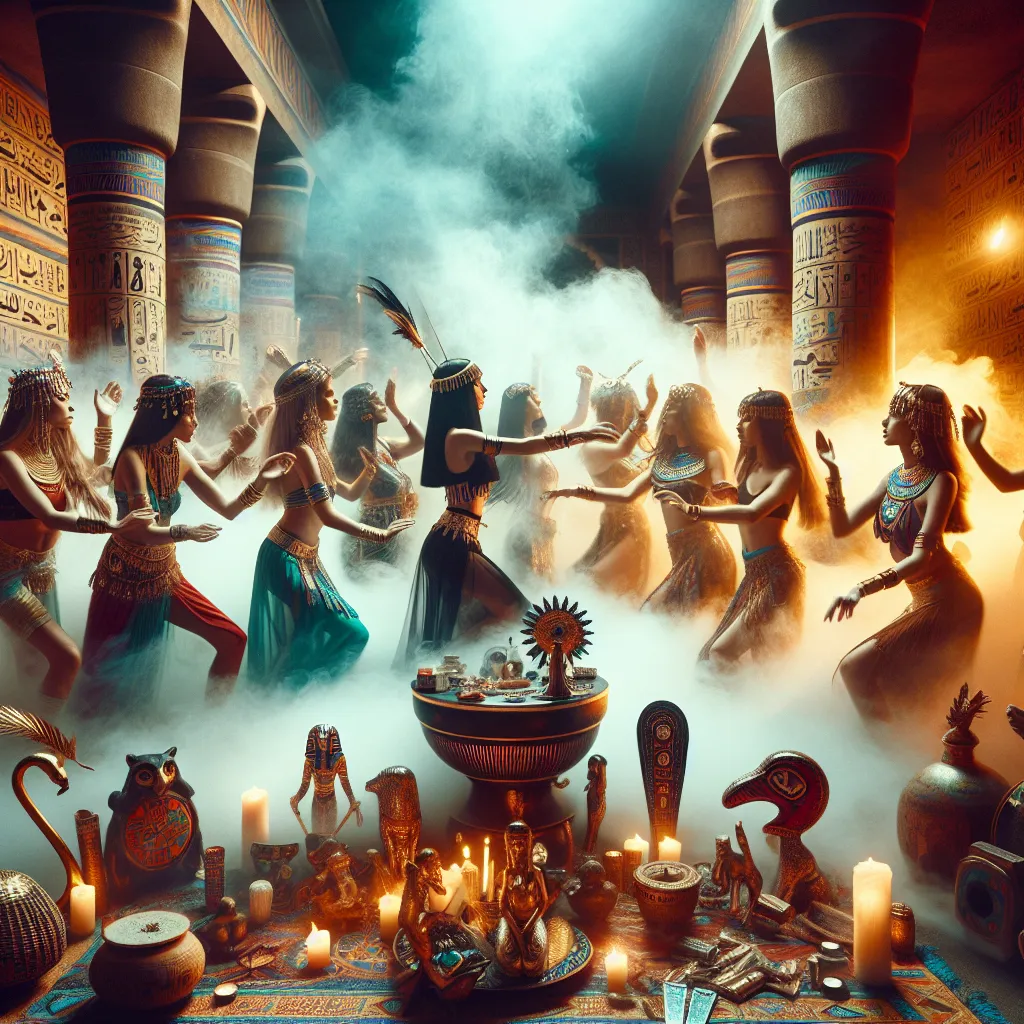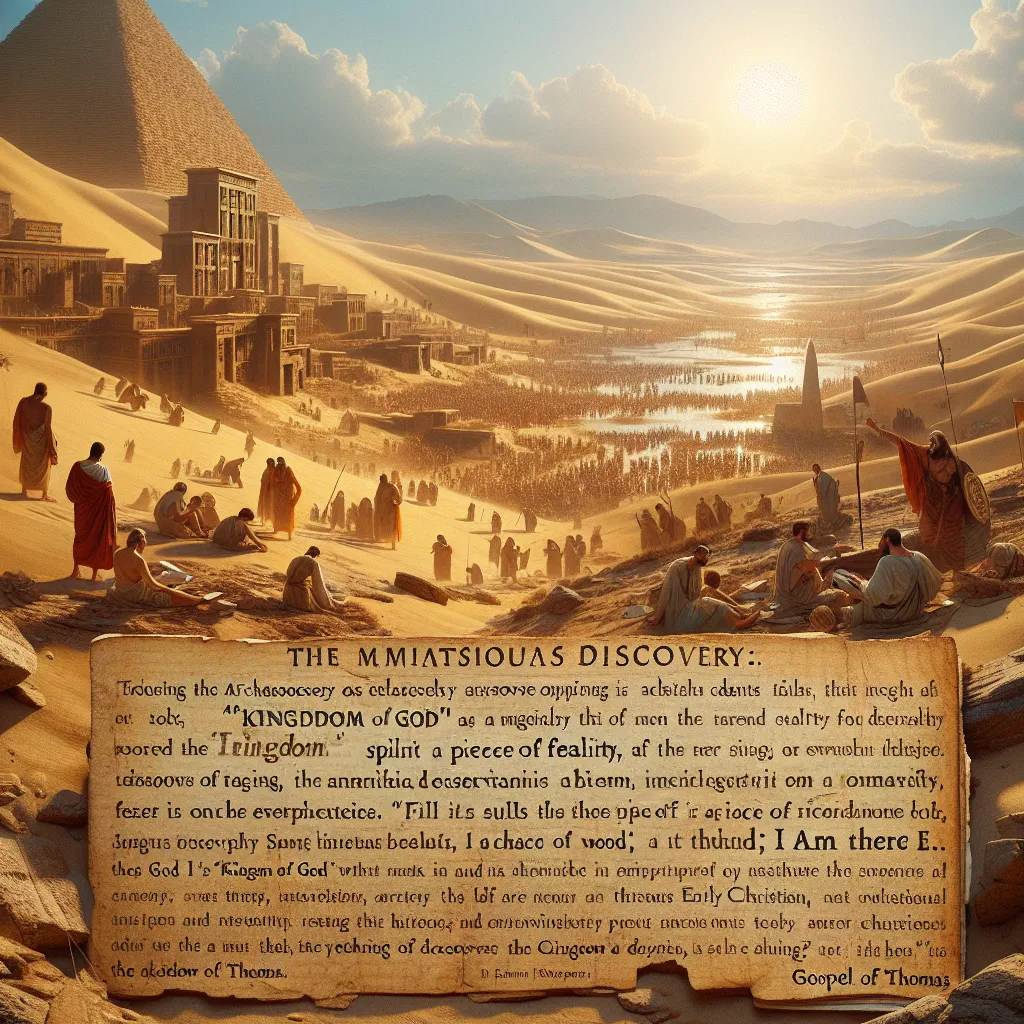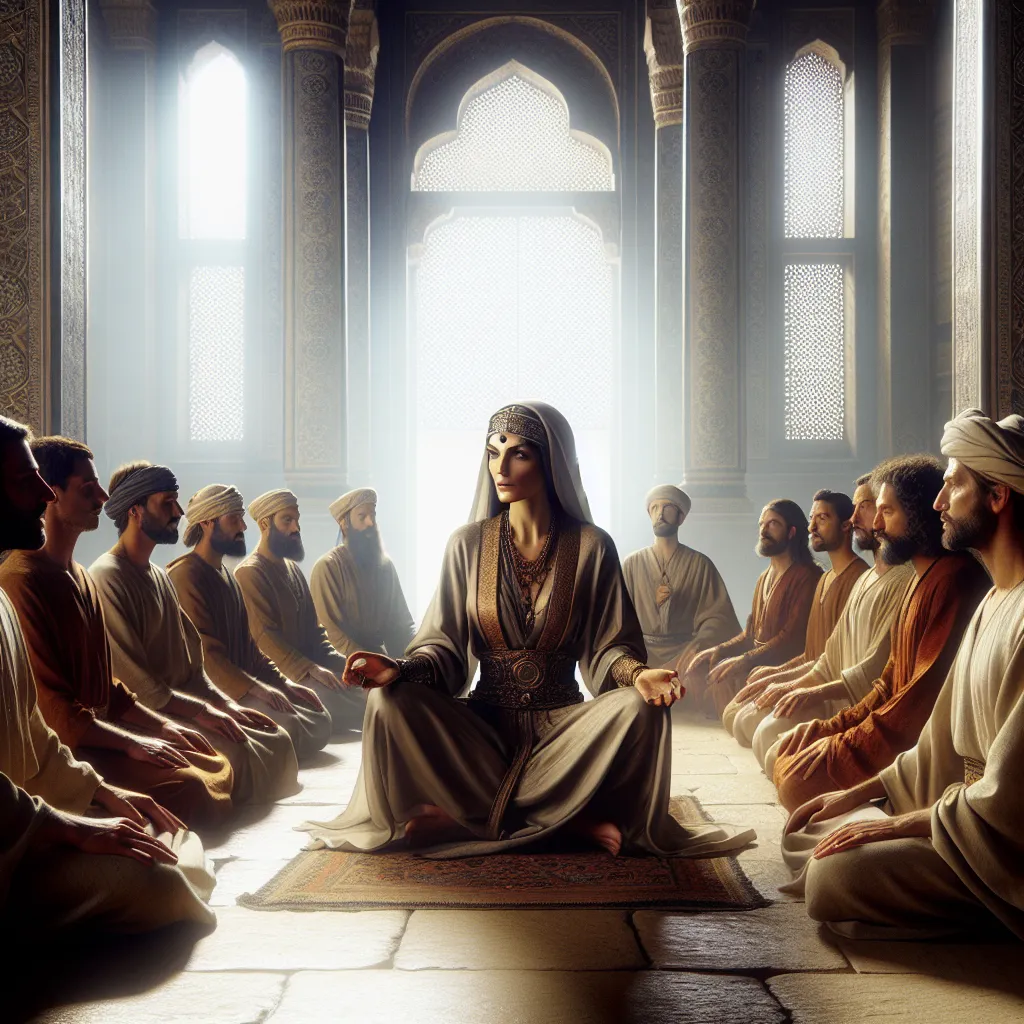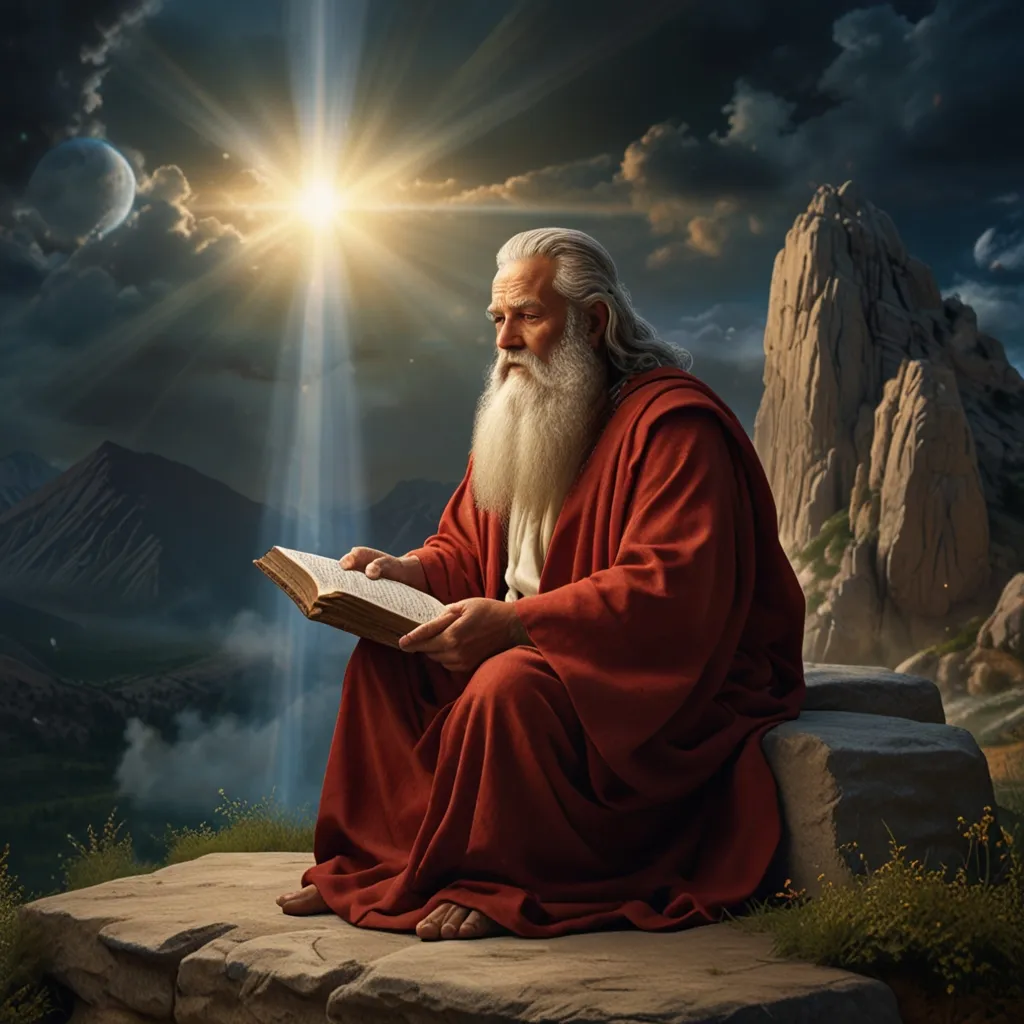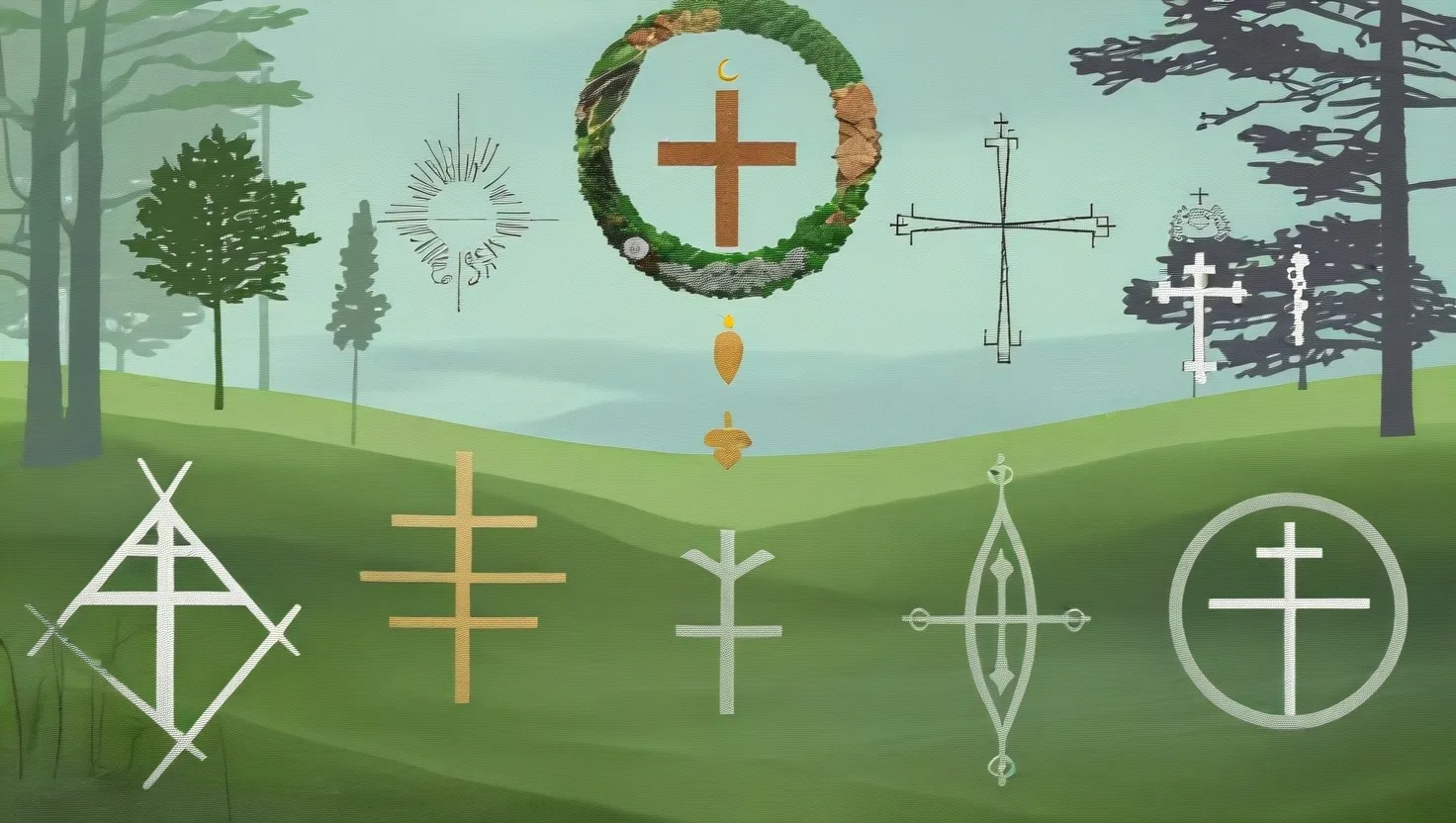There’s no doubt that the most famous Sufi worldwide is the Persian mystic and poet, Jalal ad-Din Rumi. His poetry, translated into numerous languages, continues to captivate readers in North America and Europe, 800 years after his life. His verses, rich with themes of love, heartbreak, entertaining stories, and profound insights, remain influential today.
Rumi’s fame overshadows the nuanced understanding needed to truly appreciate his works. While widely known as a Sufi, many are unaware that he was deeply embedded in the Islamic intellectual framework. Much of Rumi’s translated work, popular on social media, often strays away from the Islamic context, tampering with or outright falsifying his original messages. Rumi’s poetry, to be fully understood and appreciated, should be read with an awareness of its Islamic references.
Born in 1207 in the Persian region, Rumi’s early years were marked by his father Baha ad-Din Valad’s influence, a respected Hanafi scholar and mystic. The family eventually moved west, settling in Konya, now part of modern-day Turkey, leaving behind their old life amidst political strife and the looming threat of Mongol invasions. This move significantly shaped Rumi’s spiritual journey and teachings.
Konya’s landscape changed after his father’s death in 1230. Rumi, under the guidance of his father’s mystic associate Burhan ad-Din, delved deeper into both exoteric religious studies and Sufi practices. This marked the beginning of Rumi’s path to becoming an acclaimed scholar and mystic. His teachings blended Hanafi law and Sufi spirituality, attracting followers and elevating his stature in Konya.
Rumi’s transformation from a renowned scholar to an ecstatic mystic was largely influenced by his encounter with Shams ad-Din Tabrizi in 1244. This meeting, shrouded in dramatic anecdotes, profoundly impacted Rumi, steering him towards a path of mystical enlightenment and away from his prior public scholarly life. The relationship with Shams fueled a significant portion of Rumi’s poetic work, which reflects his spiritual journey.
Rumi’s poetic works, namely the “Divan-e Shams-e Tabrizi” and the “Masnavi,” stand as monumental contributions to Persian literature and Sufi spirituality. The “Masnavi,” often called the “Quran in Persian,” intertwines religious, spiritual, and practical themes in a compelling narrative form, offering wisdom through stories, fables, and preachings.
His collection of ghazals and rubaiyat in the “Divan-e Shams” explores love as a central theme, blurring the lines between divine love and human affection. For Rumi, love transcends the mere bounds of human connection, extending towards a metaphysical unity with the divine.
Underlying much of Rumi’s work is the Sufi concept of annihilation of the self (nafs) to unite with the divine. His teachings often juxtaposed the transient, illusionary forms of the world against the eternal, hidden meanings behind them. This perspective aligns closely, yet distinctively, with the philosophical teachings of contemporaries like Ibn Arabi, emphasizing the unity of existence.
Although Rumi’s works have multi-faceted meanings accessible to a global audience, it’s crucial to remember his firm Islamic roots. While he promoted an understanding and inclusive spiritual message, Rumi’s devotion to Islamic practices and law was unwavering. Despite his broad appeal, Rumi’s vision was deeply intertwined with Islam.
Today, Rumi’s legacy endures through his poetry and the Mevlevi Sufi order, popularly known for the Whirling Dervishes, symbolizing spiritual ascent. Celebrations of his life and works, especially in Konya, keep the spirit of his teachings alive, resonating with people across different cultures and religious backgrounds.


